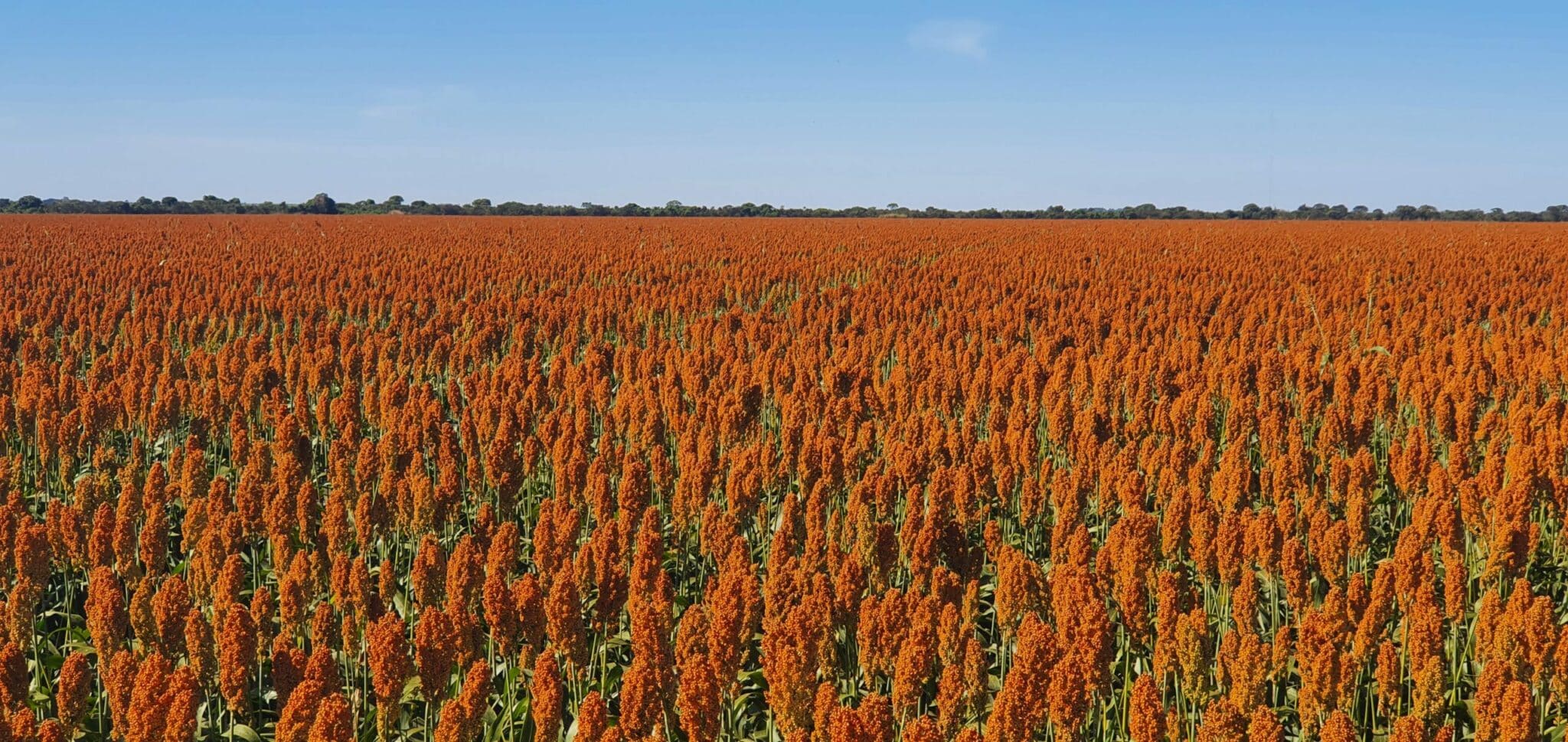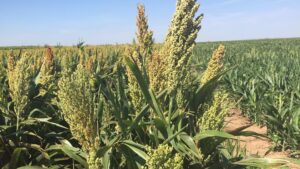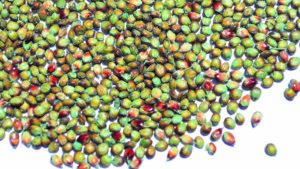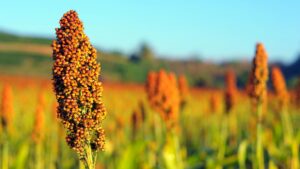Breeding of this important cereal crop is taking a giant leap forward, paving the way for accelerated genetic progress with other cereals as well.
Due to its hardy nature and new genetics research, sorghum is on track for a major expansion of acreage and higher yields, which will boost food security in the U.S. and many other countries around the world.
“Sorghum has the potential to be more productive in marginal environments and/or under conserved nutrient inputs, which not only reduces the carbon footprint and environmental degradation, but also decreases grower risk by lowering seed and chemical input costs and can increase profit margins,” explains Jeffrey Rosichan, director of Crops of the Future Collaborative at the Foundation for Food & Agriculture Research (FFAR). “Beside the environmental benefits, the addition of ‘value-added’ traits to sorghum should make it more attractive to growers, helping to increase crop diversity.”
FFAR recently provided an $846,991 grant to Clemson University for a four-year project to enhance beneficial compounds in sorghum while preserving the crop’s dual use as animal feed. Regarding sorghum’s use as feed, Ben Beyer, North America sorghum breeding lead at Advanta Seeds, foresees the U.S. acreage of sorghum will increase for making silage for both dairy and beef cows.
The research at Clemson University addresses the fact that specific compounds (polyphenols and tannins) found in the grain of certain sorghum lines offer human health benefits but can also produce negative effects for livestock when used in feed. Richard Boyles and his team are therefore working to determine which compounds are beneficial for both humans and livestock animals, or at least have health properties for humans and do not impact negatively on animals.
Once this is complete, the team will use non-GMO breeding methods to develop new hybrids. Rosichan explains that this involves using existing genomic sequence and molecular marker data from a large number of diverse varieties combined with compound profiles to develop a genomic prediction breeding system. Desirable traits will be rapidly introgressed into adapted high-yielding commercial sorghum lines.
The project involves the participation of a private sorghum seed company, and Rosichan says “it’s anticipated that such close public-private collaboration will accelerate the breeding, development and release of nutritionally-enhanced sorghum seed in less than the typical eight to 10-year timeframe.”
The final step of the project will involve feeding the enhanced grain to poultry and measuring growth rate, but also whether the compounds might reduce disease in the gut.
Creating a Trait Library
Another collaborative sorghum genetics project is also underway, spanning around the world. A team at Denmark’s Carlsberg Research Laboratory (led by Vice President Birgitte Skadhauge through the Crops for the future – Tackling the challenges of changing climates project) will work with University of Queensland (Robert Henry) and Copenhagen University (Birger Lindberg Møller).
The aim of this work is to make it possible for breeders to find traits of interest more quickly by creating an easily-accessible genetic library. Henry explains that this study is about 500 times larger than previous studies, which significantly increases the possibility of finding desired variants.
The lines are being generated from a single variety using mutagenesis (deliberate causing of mutations through well-established industry methods). Henry notes that traditionally when mutagenesis is employed, genes of interest are found and then the new trait is established over several generations. In this case however, mutagenesis will be used to generate and propagate half a million genetically-diverse sorghum lines in advance, which are already being grown in Australia.
The Danish team is now extracting DNA from the seeds and using high-throughput DNA screening tools to create the searchable database of genetic traits.
“For example, when we decide we want to find one of the DNA sequence variants that might be associated with disease resistance, we will contact Denmark,” Henry says. “They’ll do the screening and tell us what packet of seed is likely to have the genetic variant of the gene we are looking for. We’ll then grow that and see if it provides the disease resistance we were hoping for.” He adds that analysis will continue for as many years as specific mutants are required.
Henry and his colleagues are also hopeful that the same process can be used on other cereals in the future.
However, Pedro Alejandro Pardo, senior breeder and sorghum research lead at Advanta Seeds, notes that while breeders will be able to access diverse genotypes from this project, breeding of this crop can be tricky, as it is with many other crops. He explains that sometimes tolerances to drought or resistance to certain diseases or pests can be negatively associated with yield.
“I’ll add that sorghum drought-tolerant hybrids must deliver improved varieties for associated key traits… like heat stress tolerance and stalk lodging,” says Pardo. He also reminds us that crop management practices are important contributor to performance.
Progress Already Achieved
According to John Duff, sustainability strategy consultant for National Sorghum Producers, global sorghum production has been stable over the last few years at about 101 million acres (42 million hectares). However, acreage is now growing in some South American and European countries. And with the new genetics to come, Duff expects acreage to grow in most if not all of the world’s sorghum regions, from Africa to Europe to the U.S.
“I think we’ll see more sorghum being grown on prime farmland,” he says. “The droughts in recent years in the U.S. have already resulted in many farmers switching to sorghum from other crops due to its productivity. But some of the acreage growth will be on marginal land where sorghum already outperforms many other crops. And with varieties that will be released in the future, we’ll get bigger yields on both prime land and marginal land.”
However, Duff points out that there are varieties being released right now that are already great improvements over anything that has come before.
“Over the last 15 years, we’ve seen an infusion of capital from a genetics improvement standpoint and those returns are now coming in,” he says. “With these additional breeding projects, the future is very bright for sorghum as a nutritional powerhouse crop that will boost food security around the world.”
Want to read more about crop breeding endeavors? Visit:
Wild Relatives: The Building Blocks for Crop Diversity in Corn and Beyond
Breeders Rely on Crop’s Wild Relatives for New Varieties — But They Could be in Danger













